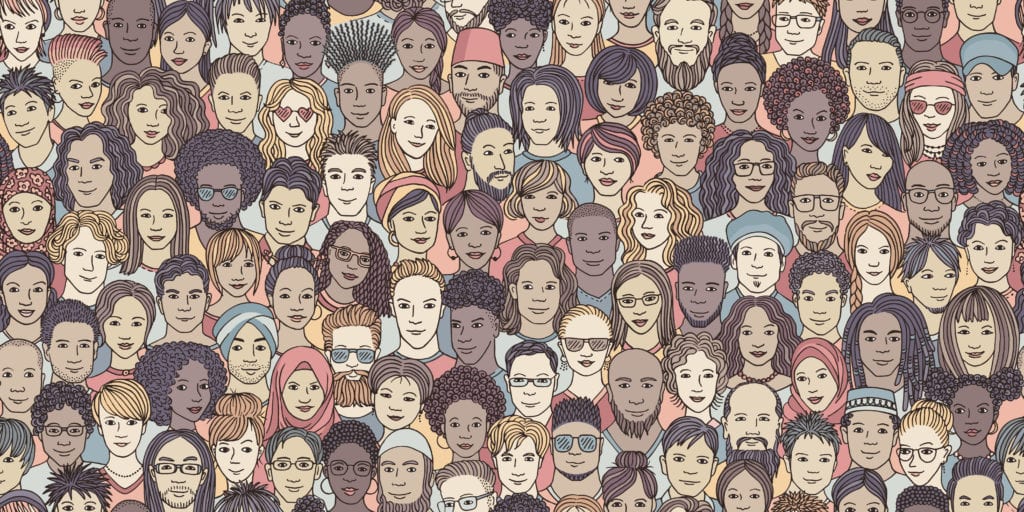Is Your D&I Program for Real, or for Show?
By: Sophie Maerowitz
October 17, 2019
Is your diversity and inclusion program fully integrated into your digital communications, or is it on the back burner?
Fear not if your case is the latter; there are remedies. Plus, you’re not alone: Starbucks, Pepsi, Dove, H&M and Heineken have all run ads in recent years that received backlash for racist undertones. These crises harmed brand reputation and alienated customers, eroding goodwill with audiences. While the campaigns’ missteps varied in terms of severity and root cause, the common thread was a lack of meaningful internal D&I.
But it doesn’t have to be that way, says Jessica Fish, consultant at the Adaway Group, where she works with organizations to ensure their diversity and inclusion programs are not just skin-deep.

Jessica Fish, consultant, Adaway Group
“If you realize your whole marketing department is made up of white people who went to Ivy League schools, you need to figure out how to bring in additional voices,” said Fish. “Because unless your demographic is ‘white people who went to Ivy League schools,’ you’re going to miss the mark.”
Fish shared five ways that communicators can help drive meaningful, effective diversity and inclusion programs at their brands:
Think about what perspectives are missing. When starting to plan any campaign, Fish says, social marketers must always ask themselves: Who is not at the table? “Whether we’re working on internal or external campaigns, we need to think about who is missing within the visual design process. What identities aren’t showing up?”
If your communications or marketing department is full of a lot of people from similar backgrounds, Fish added, “you need to step up and think about how that might be compromising your work.” And when you do ultimately gather colleagues with diverse backgrounds around the table, make sure their visual design ideas are woven into the implementation process. This will ensure your visual assets feature a diverse group of employees, customers and influencers representative of inclusive company values.
Clearly define what diversity and inclusion means in your business. “Diversity has become about checking boxes in terms of representation,” said Fish. “But when we talk about inclusion, we’re talking about creating an environment in which folks can authentically bring their experiences to the table—and one in which power is spread evenly.”
Give every piece of marketing and communications material a clean read. “Using plain language, describe what you see to another person,” Fish advised. “Imagine you had to call your great aunt and describe [an] ad. What language would you use? Look for feedback outside the department and the group of people working closely on the campaign.” The key, she added, is trying to get people to catch themselves before they hit “publish.”
Build a relationship with your chief diversity officer or human resources equivalent. “There’s no way the Pepsi/Heineken folks ran their harmful ads by the people at their brands who do diversity and inclusion work,” said Fish. Breaking down silos between your department and theirs helps, “but you still have a responsibility to diversify who is on your own team, bringing more viewpoints to the table.”
Drive community and collaboration within your team. Internally, Fish said, “your team needs to look at power dynamics. Work on sharing the mic and developing a deep appreciation of lived experience as well as acquired knowledge.”
Teams behind the most dynamic campaigns frame their collaborative process as that of a group of artists rather than marketers. “Collaboration is king, and experiential knowledge is valuable. Take it seriously, weaving it beyond your own feedback loops and focus groups to gain insight outside of normal avenues,” she said.
Follow Jessica: @fishica
Follow Sophie: @SophieMaerowitz
This article originally ran on The Social Shake-Up in May 2019.


